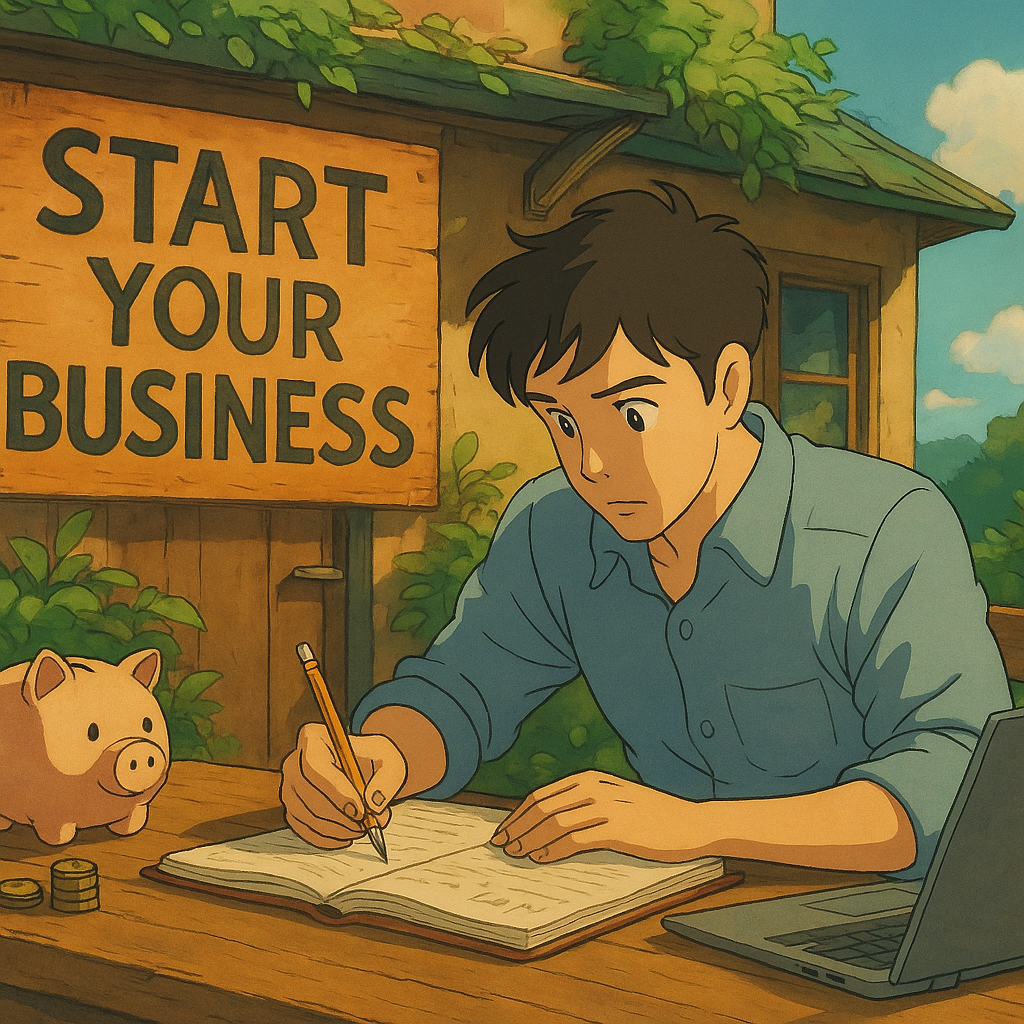Bootstrapping Basics: How to Start a Business with (Almost) No Money
🗓️ Published: July 15, 2020
 Image generated by ChatGPT, OpenAI
Image generated by ChatGPT, OpenAI
Think you need a big bank loan or venture capital to launch your business? Think again. Many of the most resilient businesses were born from scrappy, self-funded beginnings. That’s the essence of bootstrapping—starting and growing your business using your own resources.
This guide is all about showing you how to get creative, strategic, and scrappy to build your dream business—without draining your savings or taking on debt.
1. Start With a Simple Idea
Bootstrapping means focusing on what's essential. Instead of chasing the “perfect” product, focus on solving a clear problem. You don’t need five features—just one that delivers value. The goal here is to validate your idea, not to launch a full-blown operation.
Think lean: What can you offer today with the skills, tools, and network you already have?
2. Leverage Free and Low-Cost Tools
From website builders like Carrd or WordPress to free marketing tools like Canva and Buffer, there’s no shortage of options. Google Workspace can run your email and documents. Stripe and Gumroad let you accept payments without expensive infrastructure.
The internet has leveled the playing field. Use it to your advantage.
3. Offer Services Before Products
Services require less upfront investment and can be a great way to build capital. Whether you’re offering design work, tutoring, consulting, or even dog-walking—start earning by using your time and skills before spending money on inventory or development.
4. Tap Into Your Network
Friends, family, ex-colleagues—they all represent potential supporters, beta testers, or even customers. Ask for feedback, referrals, or introductions. You’ll be surprised how many people are willing to help if you’re genuinely passionate and transparent.
5. Build in Public
Don’t hide while you build—share your progress online. Whether it’s LinkedIn, X (Twitter), or Instagram, talking about your journey helps you connect with potential customers and supporters early on. It also builds trust and accountability.
6. Reinvent the MVP
Your minimum viable product doesn’t have to be fancy. It could be a Google Form, a PDF, or even a simple phone call. The point is to test your business idea with real people—fast and cheap.
7. Keep Your Overheads Low
Work from home. Avoid paying for services or tools until you absolutely must. Use free trials. Barter services. Reinvest profits instead of spending them. In the early days, your agility is your biggest strength—preserve it.
8. Monetise Early, Even If It's Small
Don’t wait for perfection. If you can solve a problem for someone today, they might pay you for it. Charging from day one validates your idea, boosts your confidence, and builds momentum. Even £10 earned from your idea is proof it works.
9. Learn Just Enough to Build and Sell
You don’t need to be a coding wizard or marketing guru. Just learn enough to get version one out the door. The rest will come. Online platforms like YouTube, Udemy, and free communities offer mountains of guidance.
10. Think Long-Term: Bootstrapping Is a Mindset
Bootstrapping isn’t just about saving money—it’s about building a resilient, independent business. You're learning how to solve problems, adapt quickly, and build something real on your own terms. That’s a superpower, especially in today’s world.
Final Thoughts
Bootstrapping a business may not be glamorous, but it’s real, rewarding, and empowering. It teaches you discipline, creativity, and resourcefulness. And best of all? You keep full control of your vision.
You don’t need permission to start. Just take the first small step—and let your hustle do the rest.
Disclaimer: This article is provided for general information only and does not constitute legal, financial, or business advice. Always consult with a professional for your unique situation.
 Blog
Blog